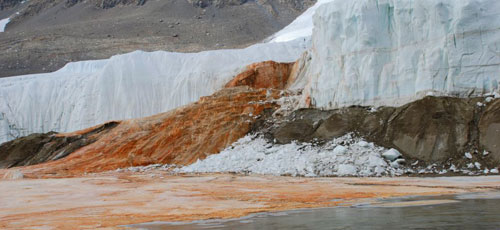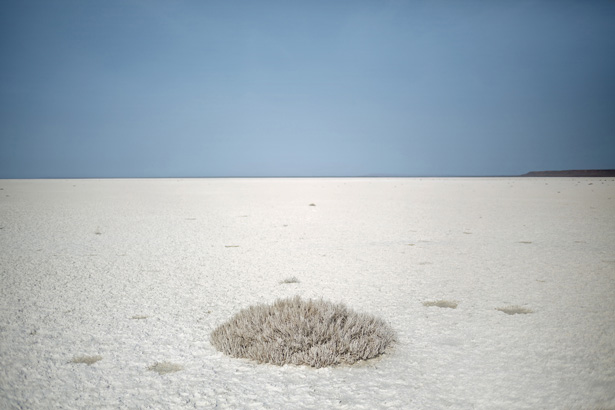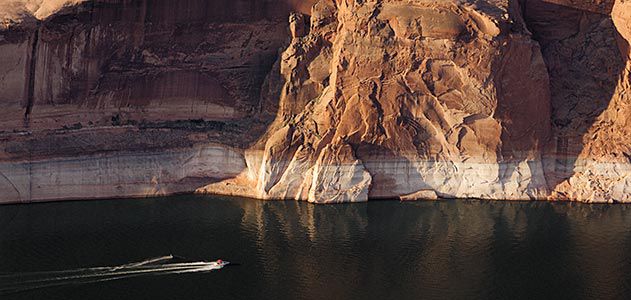Aliens are invading Antarctica. Thanks largely to scientists, they have already established a foothold on the frozen continent, and their numbers are set to increase. This might sound like the plot of John Carpenter’s classic film The Thing, but it is very real.
The aliens in question are not body-snatching monsters, but plants from other parts of the world. Steven Chown from Stellenbosch University found that in just one summer, visitors unwittingly imported around 70,000 seeds to Antarctica. And even though the continent has a reputation for being harsh and desolate, many of these immigrants have already founded populations in their new homes.
This is a new chapter in an old story. Wherever humans go, seeds hitch a lift on our clothes and belongings. If these foreigners germinate where they don’t belong, they can often out-compete native plants and uproot local ecosystems. From Japanese knotweed to kudzu vines, these invasive species cause problems throughout the world. Inhospitable though Antarctica is, it’s not immune to such invasions. It does, however, present a valuable opportunity to study them. Read more






